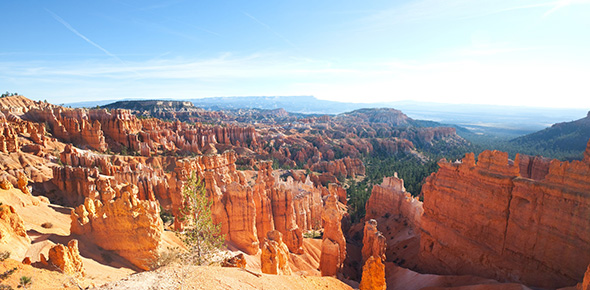Related Flashcards
Related Topics
Cards In This Set
| Front | Back |
|
Holes drilled several kilometers into Earth’s crust provide direct evidence about Earth’s interior in the form of _________________.
|
Rock Samples
|
|
Geologists obtain indirect evidence about Earth’s interior by ___________________.
|
Recording and studying seismis waves.
|
|
What is the correct order (starting from the surface) of Earth’s layers?
|
Crust, mantle, outer core, inner core
|
|
Earth’s inner core is _________________.
|
A dense ball of solid metal.
|
|
When you touch a hot pot or pan, energy moves from the pot to your hand. This is called _______________________.
|
Heat transfer.
|
|
The transfer of energy through empty space is called ______________.
|
Radiation.
|
|
Heat transfer within a fluid takes place by __________________.
|
Convection currents.
|
|
When the heat source is removed from a fluid, convection currents in the fluid will ___________________.
|
Eventually stop.
|
|
According to Wegener’s hypothesis of continental drift, ________________________________.
|
The continents were once joined together in a single landmass.
|
|
What is Pangaea?
|
The name of the supercontinent that existed millions of years ago
|
|
Which type of evidence was NOT used by Alfred Wegener to support his continental drift hypothesis?
|
Evidence from human remains
|
|
Most geologists rejected Alfred Wegener’s idea of continental drift because _____________________.
|
Wegener could not identify a force that could move the continents
|
|
What technology did scientists use in the mid-1900s to map the mid-ocean ridge?
|
Sonar
|
|
In sea-floor spreading, molten material rises from the mantle and erupts __________________.
|
Along mid-ocean ridges
|
|
How did scientists discover that rocks farther away from the mid-ocean ridge were older than those near it?
|
By determining the age of rock samples obtained by drilling on the ocean floor
|








